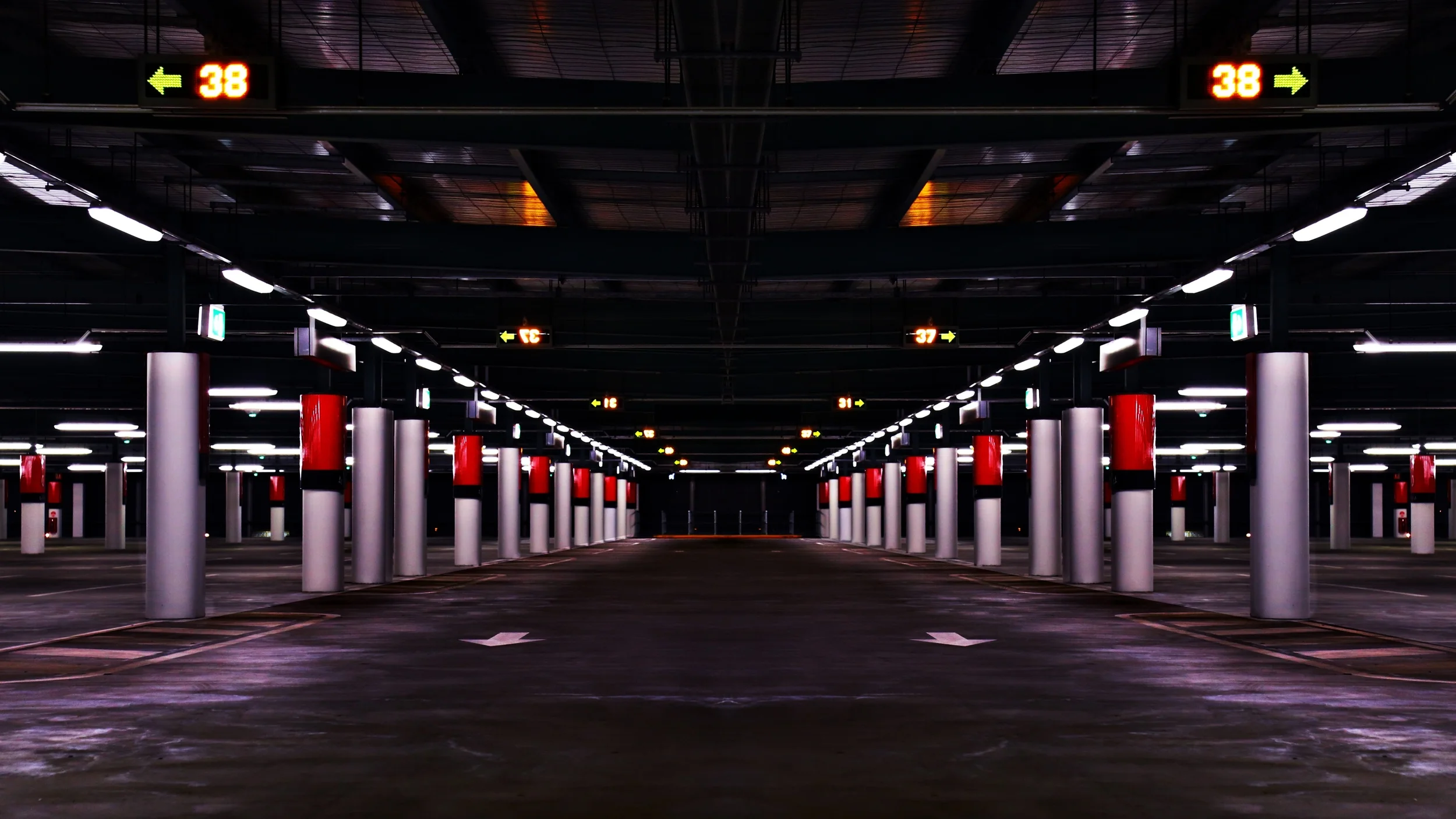The 5 E's of Customer Journey
(Thanks for reading, I’ve recently rewritten a better version of this article here)
It’s easy to get caught up in sweeping generalisations about customers.
We categorise them as “Inner City Affluent” or “New Parents In Apartments” or “Philanthropists”.
As a starting point, that’s ok.
But to really delight and retain them, we need to become experts on the journey that our customer walks - from having never heard of the brand, through to becoming evangelists.
This is an exercise in empathy.
We need to step into our customer’s shoes, and understand the forces that shape their preferences and decisions.
It’s also an exercise in design.
We need to understand the current customer journey, then experiment with changes that will improve our customer’s experience.
Ultimately, we’re aiming to increase the likelihood of them staying with us, and encouraging their friends to do the same.
One tool I’ve found really useful for this is The 5 E’s of Customer Journey.
If you run a business of any kind, you’ll understand how important it is for customers to feel safe, valued and welcomed.
This is a map of the five stages that customers walk through – Entice, Enter, Engage, Exit, and Extend.
For each stage, we want to note our customers' thoughts and footprints, as well as their positive and negative feelings.
The first thing we'll do is map out the as-is process; creating a picture of what it looks like today.
Once we have an accurate understanding, we can play around with ways to improve it.
Let’s look at each E in more detail:
Entice – How will our future customers first hear about us?
What will trigger their interest?
It could be a billboard, word of mouth, a google search, walking past our shopfront, a Facebook ad, etc.
Enter – What impression do we create for new customers when they walk into your shop/office/website?
Think about all the senses; what are the sounds they hear, the smells, the lights, the chair they sit on?
Think about the colour of your website, the layout, how intuitive is the navigation?
What percentage of prospective customers leave within the first five seconds?
Engage – How does this interaction usually play out?
Will customers make a quick purchase?
Or are we laying the foundations for a long, personal relationship?
How long do they stay on your website, or sit in your cafe?
Will they come back more than once before they decide to buy something?
Do they need to talk with a person, or is the process entirely automated?
The Engage stage is generally the longest, from the customer learning how your business works, through to making a purchase decision.
Exit – What is our customers' last impression?
Do they leave with a bad taste in their mouth, or are they excited and empowered?
This might be their checkout experience, or the follow-up service they receive.
Are they treated well after they make a purchase, or forgotten about?
This section is criminally overlooked, but can be lucrative if done well.
Extend – What triggers a repeat purchase?
Do our customers ever come back, or tell their friends about us?
What sort of interaction will they have with us in the future, if any?
This depends on your industry and your customer - what works for some might be wildly inappropriate for you.
Grab some paper or a whiteboard, and start mapping out the path you’re expecting your customer to walk.
Are you creating a good experience?
If you were a customer, would you be happy?
In the next posts, we'll look at some examples of where this has been done well, and where it has repelled customers away.
Let's start with the first E: Entice...
You can skip straight to Entice, Enter, Engage, Exit, Extend and Making Improvements







